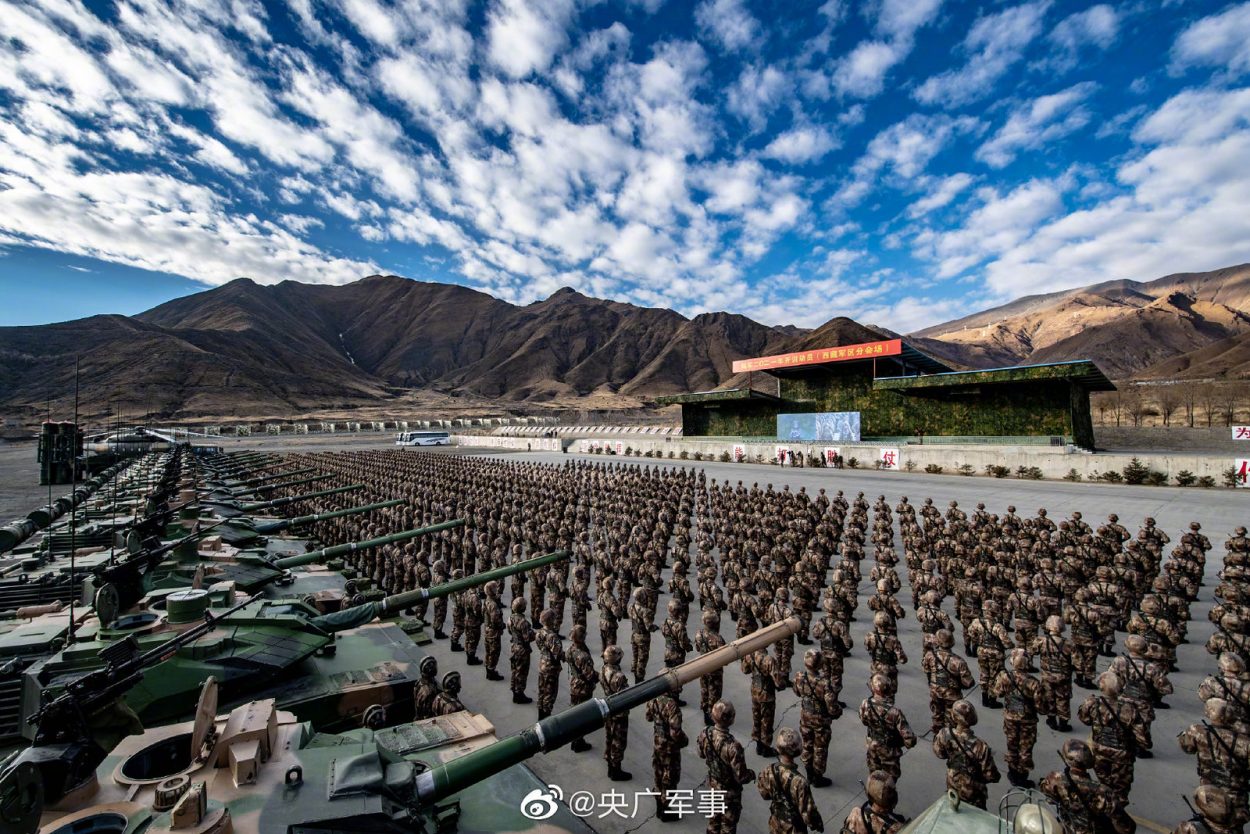Chinese researchers have developed what they claim to be the world’s first lightweight, flexible body shield to protect soldiers from armor-piercing munitions.
Challenging F-22 Raptors, China Plans To Amplify ‘Thrust Vectoring’ Capabilities Of Its J-20 Stealth Fighter Jets
According to media reports, three rounds of armor-piercing incendiary (API) bullets were shot at approximately three times the speed of sound into the bionic scale armor from point-blank range (up to 15 meters or 50 feet). The composite materials used in the armor were not pierced by any of the projectiles.
The 7.62 mm API bullets were originally designed to destroy tanks; these are now largely used as armor-piercing munitions.
Professor Zhu Deju, the lead project scientist of the College of Civil Engineering at Hunan University, said that once the bullet struck the new vest materials, it completely “vaporized” one of the super-hard ceramic scales, losing the majority of its kinetic energy, and vanishing without a trace.
The rounds caused dents in a rubber wall behind the vest sample that was around 20 mm (0.8 inches) deep.

Scale-Type Armor
Scale-type armor is made of small metallic scales on leather or cloth. This kind of armor was prevalent in ancient times, notably in Asian countries like China and Japan.
The most recent example was Dragon Skin, a scaled vest developed by the now-defunct Pinnacle Armor, a US-based company, in the 2000s that could apparently withstand three AK-47 bullets. However, the US military discovered just before signing contracts that penetration may occur unexpectedly in combat circumstances.
The vests failed because the discs dislodged during the extreme temperature tests, rendering them unusable, according to the US Army. Furthermore, in a test of 48 rounds, 13 were able to pierce the armor completely.
High temperatures, sweat, and constant mobility in a hostile environment, such as the desert, can weaken the adhesive and loosen the scales. It was one of the factors that contributed to Dragon Skin’s failure.
After losing a number of legal disputes to the US military, the California-based corporation dissolved in 2010. The Dragon Skin was purportedly worn by some special ops soldiers and civilian contractors due to its flexibility and comfort.
What’s New In The Chinese Armor?
According to Zhu’s team, grass carp, a freshwater fish, inspired their new type of scaled armor. Its grass carp’s scales are highly resistant to piercing and biting, allowing the fish to escape from a predator’s jaws more quickly.
Zhu and his colleagues looked at the scales of a variety of different species, including the armadillo and the crocodile, but none of them matched the flexibility and strength of the grass carp’s scales. The team invented a soft armor that could endure pistol fire in the year 2020.
Defending against an armor-piercing bullet, on the other hand, was far more complicated because the bullet entered the armor much more quickly.
Following numerous failures, Zhu’s team reportedly discovered that scales made of silicon carbide, a semiconductor base material, worked the best. The scales’ shape, thickness, and stacking pattern had to be estimated using advanced computer modeling, which provided unprecedented detail and yielded dependable, consistent outcomes.
Whether a shot proved fatal, according to the team’s experiment, hinged on whether a scale could be turned instantaneously and totally into powder after being struck by the bullet. However, it is not known when the armor will be put through a live-fire test.
The depth of the dents correlated with the increase of bullets taken. However, they did not say how many shots were required to induce enough material fatigue for it to be punctured. The weight of Zhu’s vest has not been divulged, nor has the adhesive used to affix the scales to the vest been described in detail.
- Contact the author at ashishmichel@gmail.com
- Follow EurAsian Times on Google News